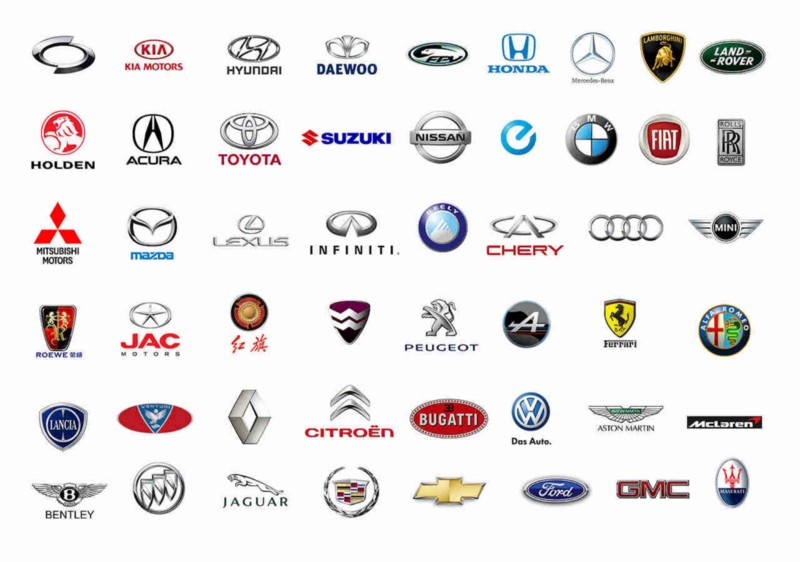I understand this is totally off topic. But I have a feeling a good number of those interested in Mac hardware may be interested.
This is my new car I bought this month.
At first glance it is a boring vanilla Ford Explorer - a classic utilitarian family car. But then look at the “Comma 3” installed below the rear review mirror which runs OpenPilot software.
I was a bit skeptical when I read about a tiny company writing open source software for driver assist that runs on the equivalent of a $1250 Android phone. Not only are reviews stellar, but also Consumer Reports rated them as superior to every manufacturer’s driver assist system, including Tesla.
I am just getting started but initially I am impressed and agree with the reviews. My basic thoughts are:
(1) Anyone can probably install the hardware, but there is a risk of damaging the clips holding the trim to parts of your interior. A local custom auto electronics shop installed it for me for $150; I think that’s wise.
(2) While you do not need to be a Python developer to set up the software, it helps if you are comfortable with Github and getting technical advice from a Wiki or Discourse. In my case the public release of the software did not have the “fingerprint” for my car’s particular trim level so I had to create a custom fork for myself and then submit a pull request for OpenPilot to add my car model to the main branch. [If you are not into stuff like that - finding a local high school or college student familiar with open source software who can help you should not be too hard.]
(3) OpenPilot’s general approach is pretty conservative and safety-minded. The stock software is more conservative than Ford’s own lane-keeping system in most respects; you can tweak it to more capability step by step as you are comfortable.
(4) The biggest current complaint Tesla owners have is mandatory “steering wheel nag.” If you don’t keep your hands on the wheel, it alerts you to put your hands there. OpenPilot instead uses a camera to confirm you are looking at the road. The only time it insists you put your hands on the wheel is when there is a steep turn beyond the software’s torque limits.
(5) Tesla’s system disengages if you turn the wheel too much while on Autopilot. OpenPilot instead encourages “collaborative” steering. If there are parked cars and you want to move the car over a few feet, you can do so with the wheel and then let go and OpenPilot will keep the car in its new position. If you want to direct it at a fork in the road, you can take over steering and then when you let go it will continue on the current road.
Overall I am quite pleased though again it’s quite new to me. The out of the box features are likely sufficient for 99% off drivers, but if you want to customize or build something new the software is all there to tweak or for you to pay a bounty to other developers to write - with appropriate tools to test and implement it in a safe way.
They are adding support regularly for more cars - it supports about 250 cars currently as shown on their website. Most of the offerings are fairly utilitarian - but the OpenPilot upgrade is a gamechanging addition.

